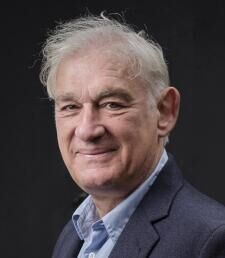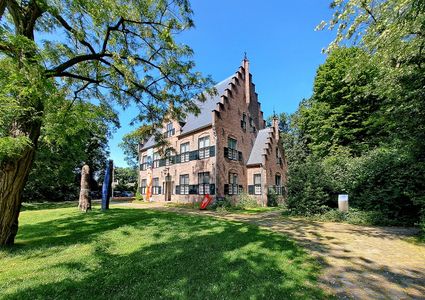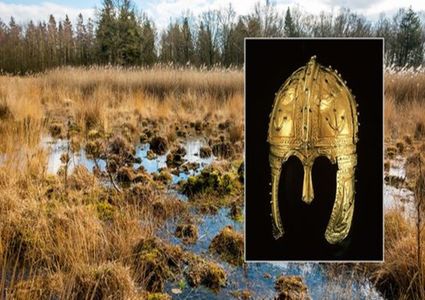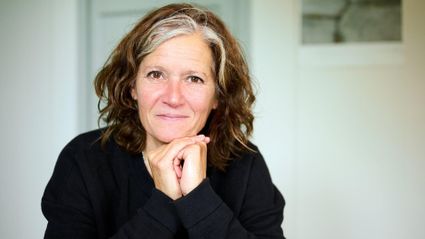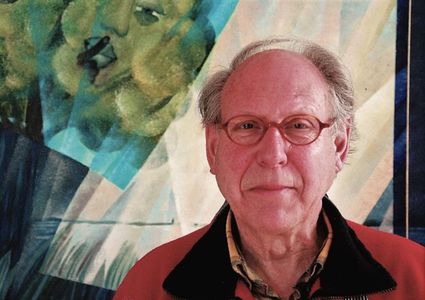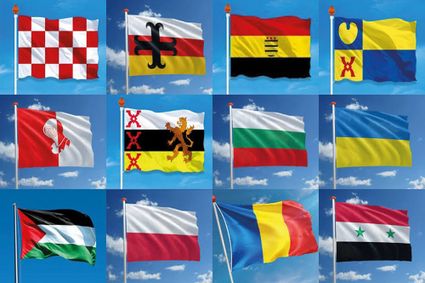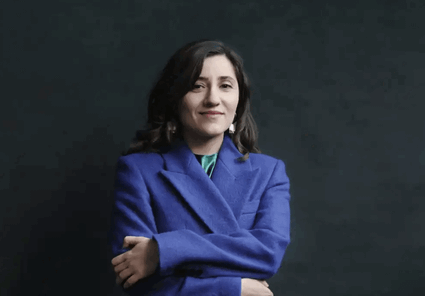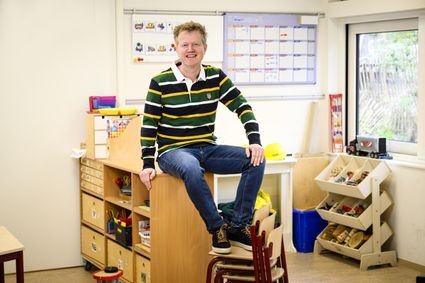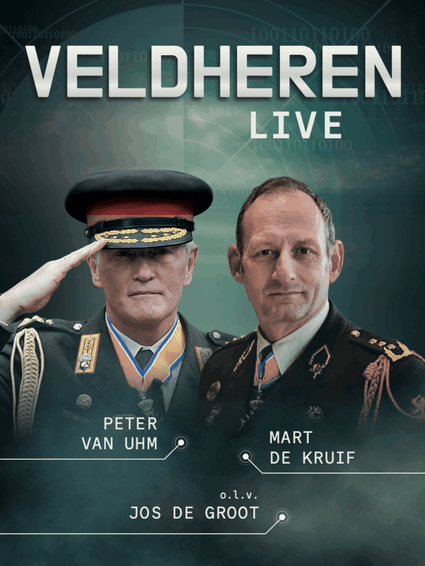Art lecture: Wassily Kandinsky
until 15 February
Senior citizens' association Beek en Donk holds art lecture on Wassily Kandinsky. Determined to take art into a new era, Wassily Kandinsky, together with Franz Marc, founded the artists' group 'Der Blaue Reiter' in 1911. An abstract art in which form, colour and rhythm predominate then grows out of his expressionist work. With him, visible reality has definitively given way to a spiritual art: a life-like play of shapes and colours akin to music.
The colour yellow equals a C chord on trumpet and colour combinations…
Senior citizens' association Beek en Donk holds art lecture on Wassily Kandinsky. Determined to take art into a new era, Wassily Kandinsky, together with Franz Marc, founded the artists' group 'Der Blaue Reiter' in 1911. An abstract art in which form, colour and rhythm predominate then grows out of his expressionist work. With him, visible reality has definitively given way to a spiritual art: a life-like play of shapes and colours akin to music.
The colour yellow equals a C chord on trumpet and colour combinations like the vibrations of chords on a piano. He wants his compositions to appeal to a certain rhythm in a person's brain. With 'inner sounds' evoked by form, colour and rhythm, he wants to play on the viewer. This makes the qualified lawyer and economist one of the most important innovators of painting. Born in Moscow in 1866, the artist spent his childhood and youth in Odessa. After high school, he studied law and economics, both of which he completed with a PhD. But his heart was in art. Especially when he moved to Munich and started working with some progressive colleagues there. There he taught at revolutionary art schools for a few years. Because of the power struggle In his homeland, he returned to Germany in 1922 and became one of the leading minds and teachers at the art academy of 'Das Bauhaus'. That ended abruptly with his dismissal due to the rising power of Hitler's National Socialists. His work was banned by them and he was prevented from continuing to work as a painter. He fled to France, where he had a hard time finding recognition as an emigrant and French citizen. Cubism and surrealism were preferred to abstract painting there. Despite this, he never gave up painting, even in old age. He died in occupied France in 1944.
With a slide presentation, Dr Ger Jacobs explains his eventful life and innovative works for Seniors' Association Beek en Donk. The lecture is at the Meeting Centre.
Neem contact op
Otterweg 2729
5741BC Beek en Donk Plan your route
from your location
Prices
- from €5.00 to €6.50 Members of the senior citizens' association pay €5.00 non-members pay €6.50. This includes a cup of coffee or tea


